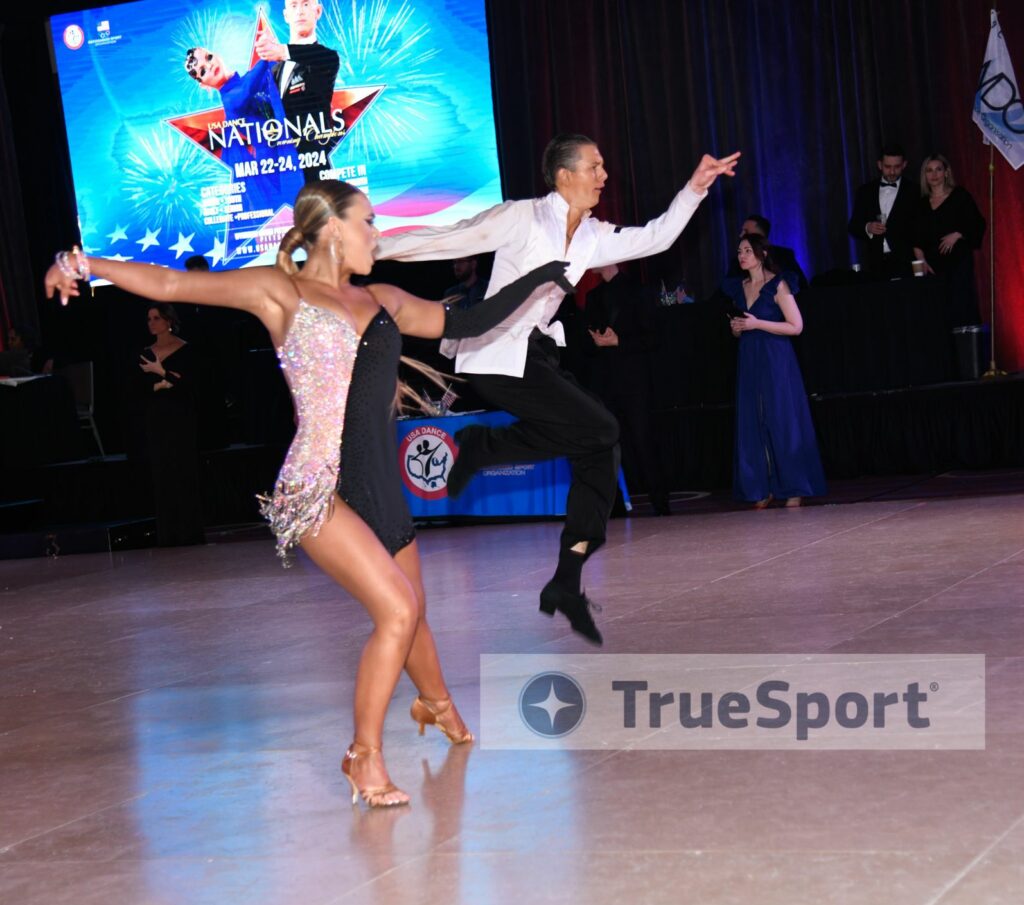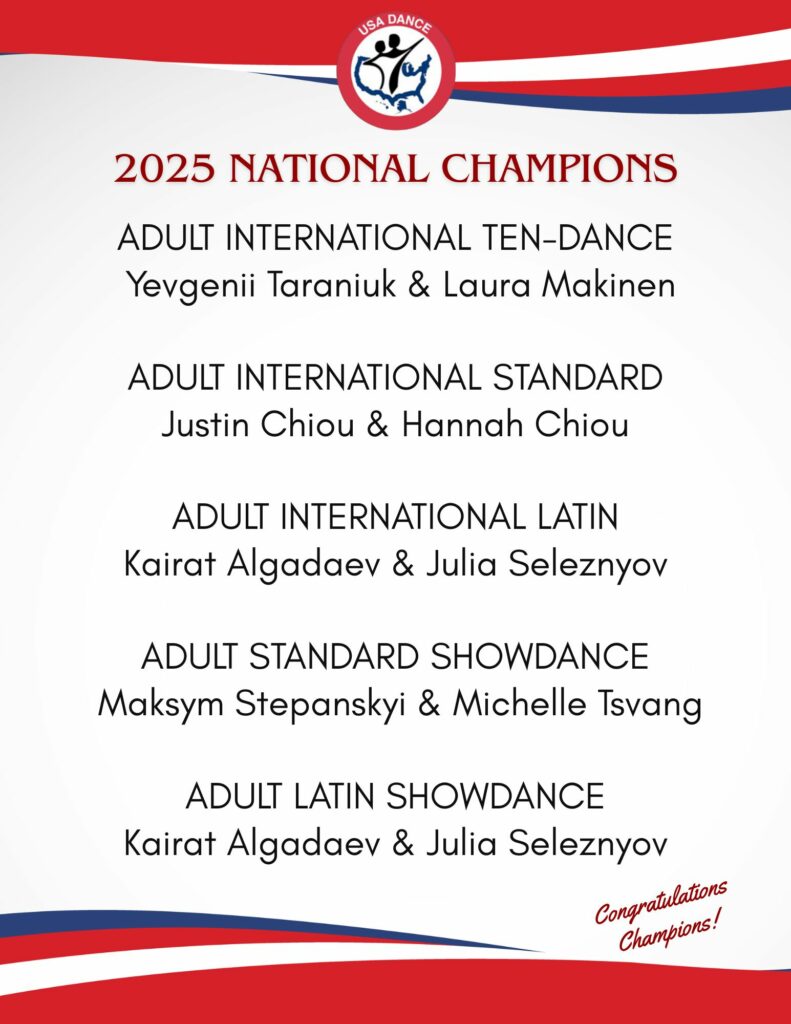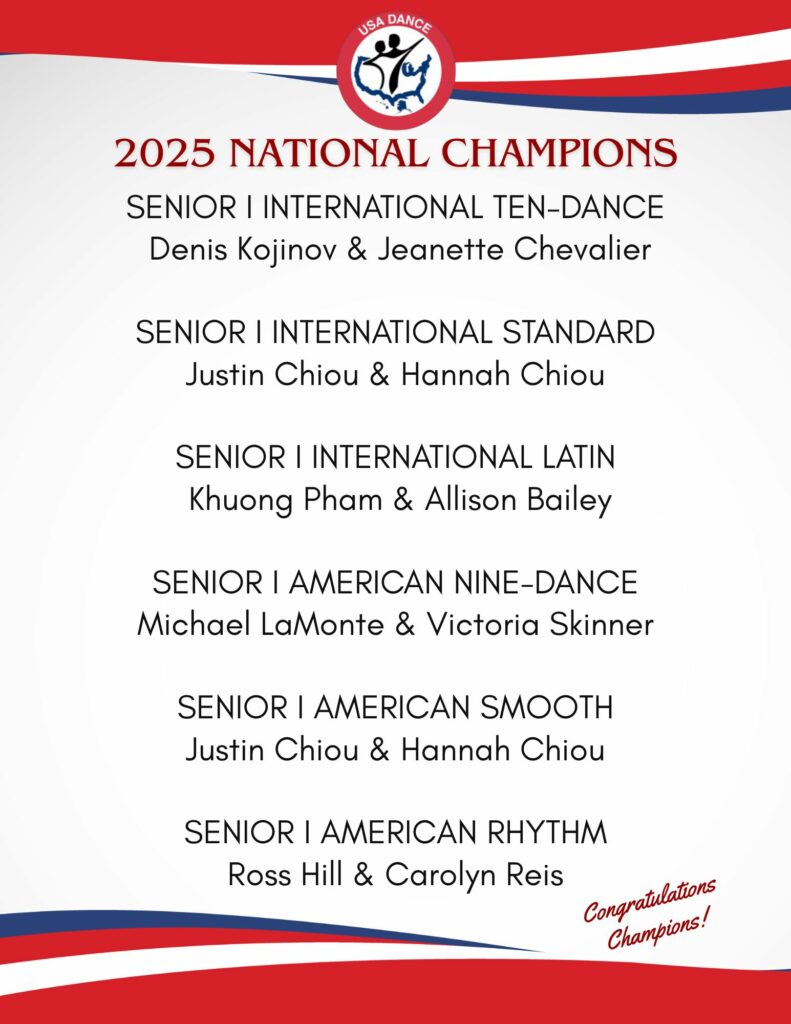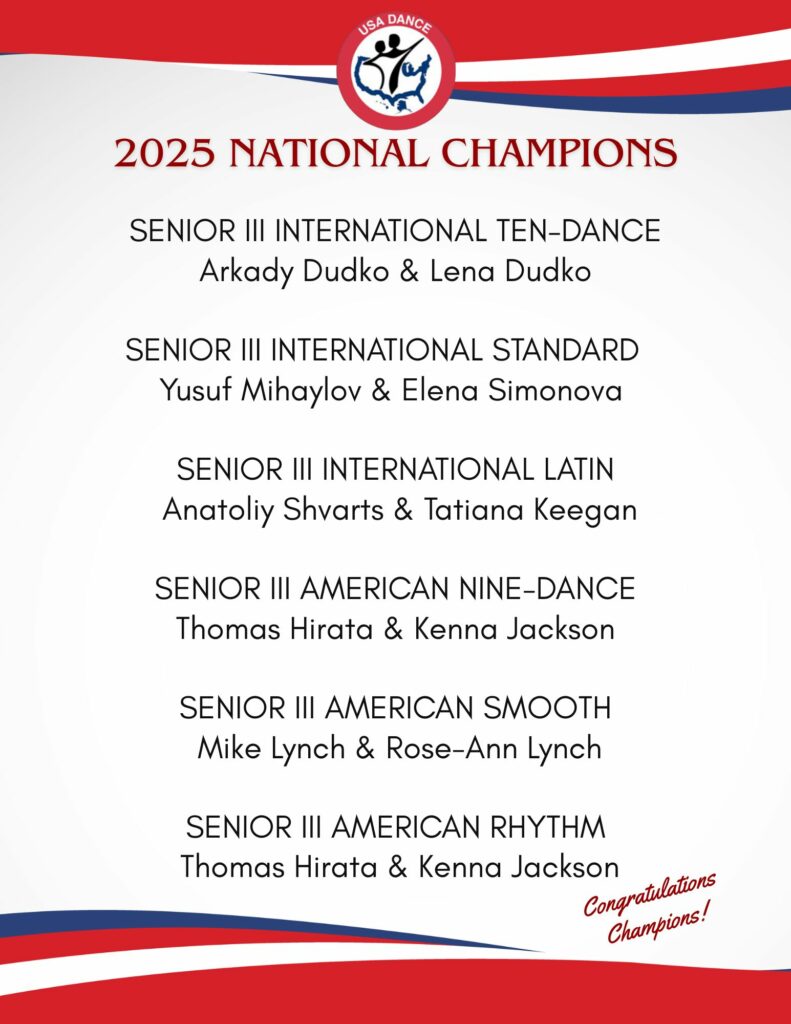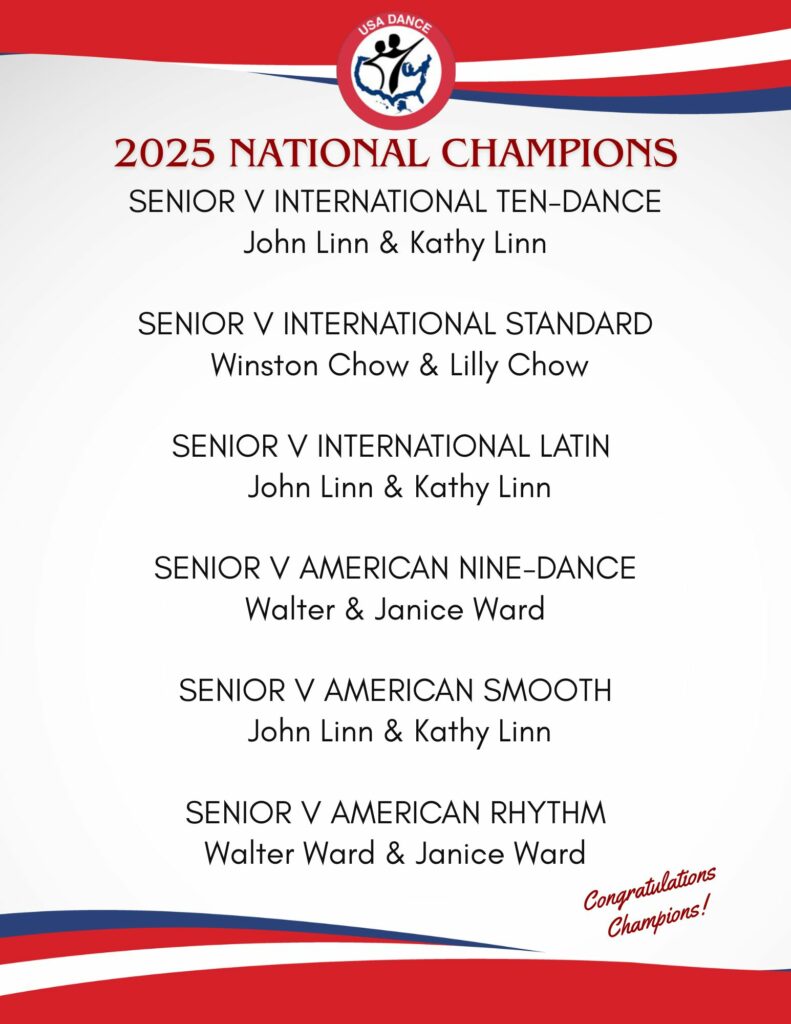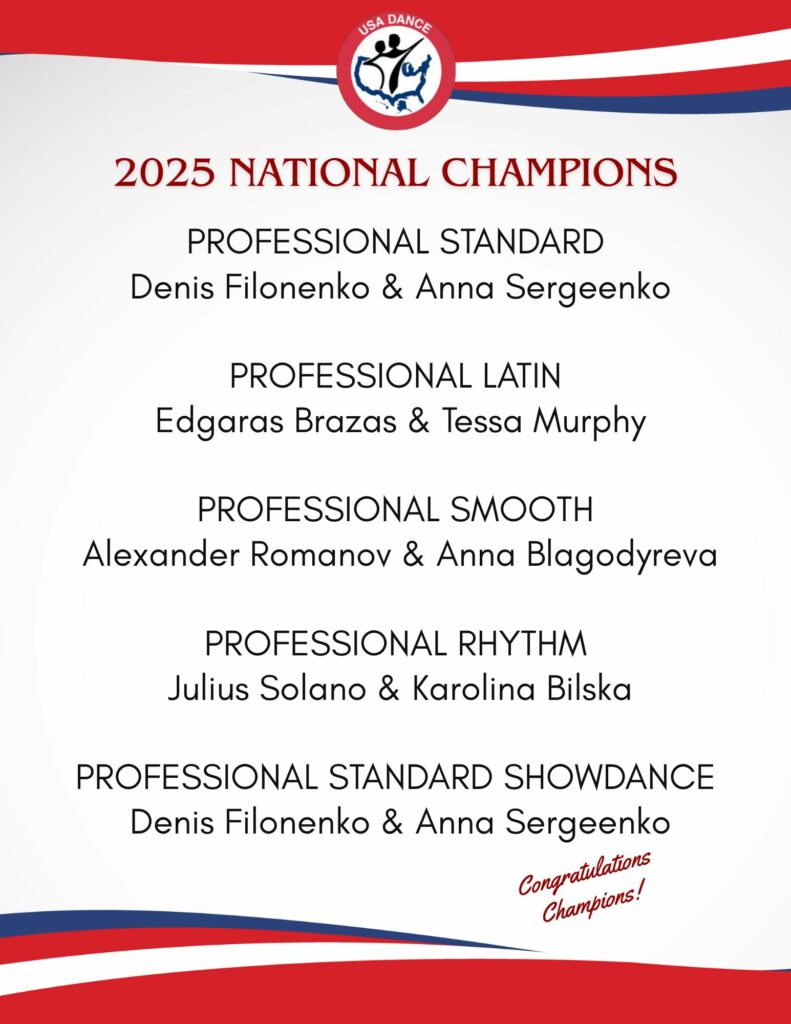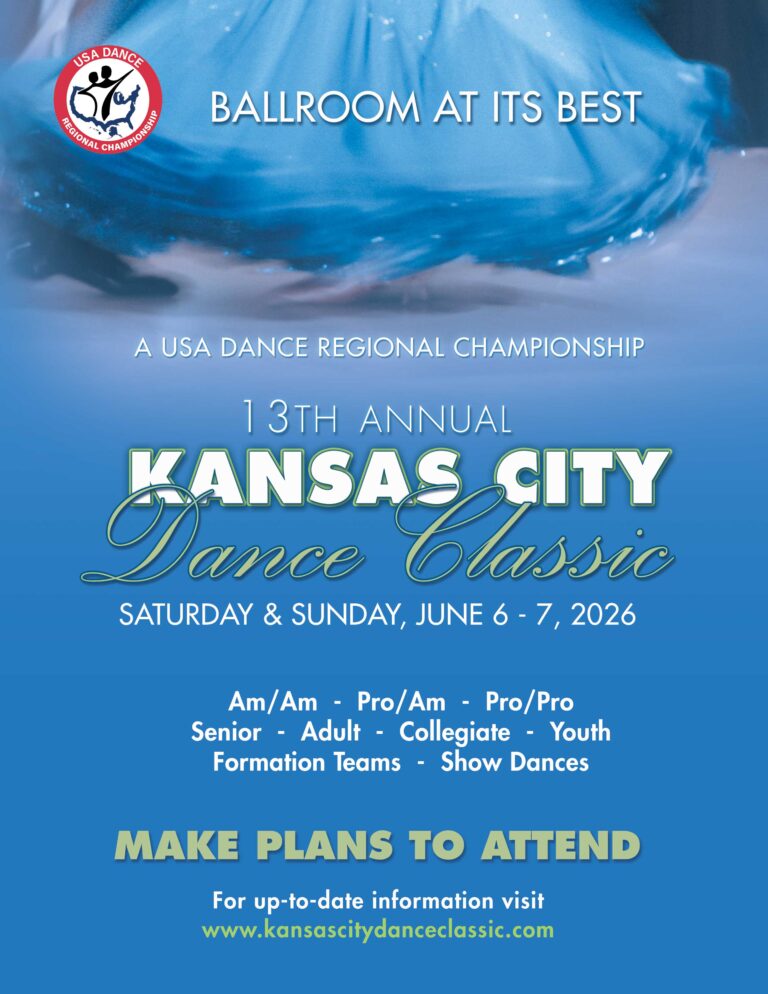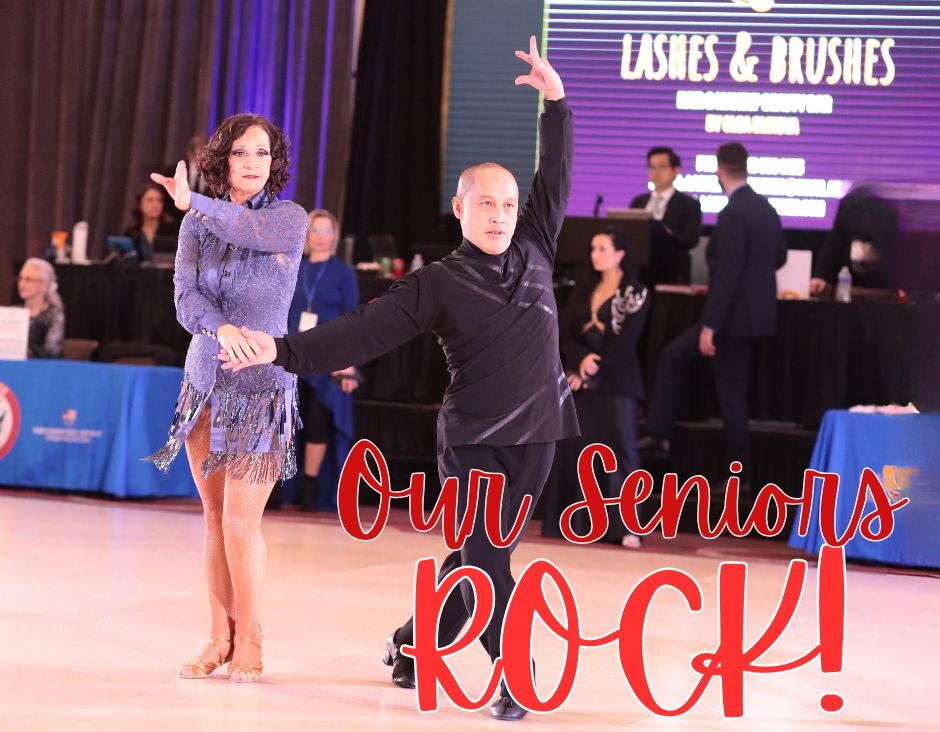It’s no secret: We know that sleep is an athlete’s superpower. Athletes who get enough sleep and have good sleep hygiene are able to recover faster, while those with poor sleep quality tend to be injured more and recover slower.
So, is it important to know exactly how well you’re sleeping? Most smartwatches will give you a rough estimate of how much you’re sleeping, and some wearables will go even more in-depth on sleep data. There are even apps that can run on your phone if you sleep with it close by that can track your sleep. But are any of them accurate—and does the information that they provide really matter?
Here, Dr. Laura Lewis, the Director of Science at the U.S. Anti-Doping Agency (USADA), busts some myths around sleep trackers and explains the situations where they might actually be useful.
Are athletes actually sleeping well?
Unfortunately, many studies have found that athletes are actually some of the worst sleepers compared to the rest of the population, though it’s unclear why this happens. Athletes often report increased sleepiness during the day. And certain athletes are even at higher risk of sleep issues like sleep apnea, which can lead to even worse sleep and require medical intervention.
Sleep is critical for physical recovery as well as mental health. And young athletes need even more sleep than adult athletes. For example, it is recommended that teenagers get 8 to 10 hours of sleep every night for optimum health, not the 7 to 9 hours recommended for adults. This can be tough, especially if athletes are doing a school sport and a club sport in addition to schoolwork, other extracurriculars, a part-time job, and/or maintaining a social life.
If athletes are only spending six hours in bed every night, they don’t need a sleep tracker to tell them that their sleep is inadequate. They just need more hours.
While athletes may not be able to control the amount of time they have to sleep every night, there are ways they can practice good sleep hygiene and set themselves up for sleep success.
What is good sleep hygiene?
“I don’t think young athletes need to get too scientific with their sleep tracking if they’re not even doing the basics,” says Lewis.
Before you spend money on trackers or wearables for sleep data, make sure you’re doing the basic things that will improve your sleep. That means sleeping in a quiet, dark, cool room, says Lewis. It also means keeping your phone away from you at night if possible—or at least, make sure it’s set to ‘do not disturb’ mode. On that note, sleep trackers that are app-based may not be a good idea for someone who struggles to put the phone away at night.
The type of sleep you’re getting matters as well. There are three primary sleep stages: light/deeper, REM, and deep sleep. Light/deeper sleep is the bulk of the sleeping that you do, and it’s where memories are consolidated. REM—rapid eye movement—sleep is when you dream and is not particularly restful. Deep sleep is the most important for athletes, since it’s when the body repairs and regrows tissues, builds bone and muscle, and strengthens the immune system. It’s also the hardest stage to get to, and that’s why the amount of time you’re able to spend in an optimal sleep environment matters so much. If you’re constantly being woken up by notifications on your phone or a light outside your window, you’re less likely to experience much deep sleep.
What are sleep trackers doing?
Sleep tracking is still not a perfect science unless you’re doing a sleep study in a lab. Lewis is quick to note that wearable sleep trackers and sleep tracking apps are not a substitute for clinical sleep studies, which monitor your brain, heart, and breathing while you sleep. Most wearables and sleep trackers work simply by tracking your movement when you sleep, gauging your sleep quality by how still or how restless you are.
“Most smartwatches and apps are only looking at if you’re moving,” says Lewis. “So, they’re not perfectly accurate: Many can’t tell if you’re really asleep, or if you’re just lying still.”
Some of the more expensive wearables use heart rate variability, body temperature, breathing rate and movement to track your sleep, which leads to a more in-depth analysis of how much deep sleep, light sleep, and REM sleep you’re getting.
If you suspect you have a sleep disorder like sleep apnea or are struggling with insomnia, Lewis notes that you shouldn’t rely on a sleep tracker to diagnose any issues. Instead, talk to your doctor.
Are there any downsides to sleep trackers?
Sometimes, the obsession with sleeping better can actually lead to sleeping worse! Research published in theJournal of Clinical Sleep Medicine argues that for many people, sleep trackers can lead to orthosomnia, or an unhealthy obsession with your sleep stats.
“Patients are preoccupied or concerned with improving or perfecting their wearable sleep data,” the researchers note. If you tend to be a perfectionist, or you find that seeing that you had ‘poor sleep’ is upsetting, it might be a good idea to stop tracking your sleep.
Furthermore, sleep trackers are notoriously inaccurate, and if you stop tuning in to how tired you actually feel in the morning, the information from them can negatively affect your day. For example, if you wake up and feel well-rested and excited for practice, but then see that your smartwatch reported you only slept five hours and much of it was poor quality, you may ignore how good you feel and believe that you are more tired. On the other hand, you may wake up feeling groggy and exhausted, but your wearable’s sleep data assures you that you had a great night of sleep—so you push through practice despite feeling terrible.
“It’s so important that athletes focus first and foremost on how they actually feel, and tune into that rather than relying on a wearable to tell them how they’re feeling,” says Lewis. If you do use a sleep tracker, try an experiment: Every morning, before you check your sleep data, write a quick note about how tired/awake you feel and then check your data. Does it align? If it doesn’t, take the sleep tracker’s information with a grain of salt: These devices aren’t foolproof.
Are sleep trackers worth the money?
It depends. If your budget is tight, then spend money on creating a better environment to sleep in rather than a way to track your sleep. “Really good blackout blinds would be a better purchase if you don’t already have a room that’s entirely dark,” says Lewis. The wearables that do track sleep using more than just movement in bed are often expensive and subscription-based, so you’ll continue to pay for them on a monthly basis.
Phone apps that track sleep are the cheapest sleep tracking option, but proceed with caution, says Lewis. “For most people, having the phone outside of the bedroom is better for sleep than having it next to you all night,” she says. If you do use a sleep tracking app, consider setting time limits on all the other apps on your phone that you may be tempted to use.
Ultimately, sleep trackers may be helpful in providing reminders about spending more time in bed (remember, eight hours in bed doesn’t equal eight hours of sleep!). Knowing that it’s being tracked may help you stick to your bedtime schedule. But if you’re already sleeping as much as you can given the time that you have available, a sleep tracker telling you that you need more sleep may not be very helpful.
Takeaway
While sleep trackers may provide some helpful information around quantity and quality of sleep, they do come with some potential downsides. Before considering a wearable, prioritize basic sleep hygiene and bedtime protocols.
 About TrueSport
About TrueSport
TrueSport®, a movement powered by the experience and values of the U.S. Anti-Doping Agency, champions the positive values and life lessons learned through youth sport. Backed by U.S. Congressional mandate, TrueSport inspires athletes, coaches, parents, and administrators to change the culture of youth sport through active engagement and thoughtful curriculum based on cornerstone lessons of sportsmanship, character-building, and clean and healthy performance, while also creating leaders across communities through sport.
For more expert-driven articles and materials, visit TrueSport’s comprehensive collection of resources.
This content was reproduced in partnership with TrueSport. Any content copied or reproduced without TrueSport and the U.S. Anti-Doping Agency’s express written permission would be in violation of our copyright, and subject to legal recourse. To learn more or request permission to reproduce content, click here.

